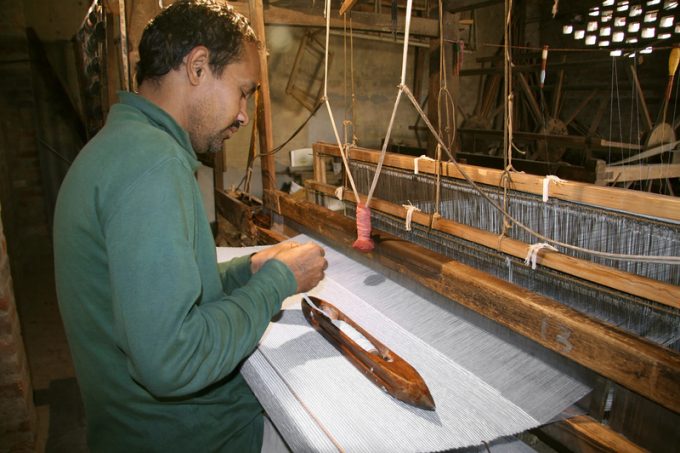Air India widens transhipment station network to target cargo market share
Tata Group-owned Air India is cementing its cargo operations out of India to take advantage ...

Indian apparel exporters are seeing an opportunity to grab more export orders amid the current production disruption in Bangladesh.
This month, Bangladesh has seen violent demonstrations by garment workers over wage demands, bringing factory lines to a halt and global buyers already had concerns over political tensions ahead of elections in December for a new government.
Meanwhile, the Indian apparel industry aims to reach $40bn in RMG (ready-made garment) exports by 2030, from $16bn registered last fiscal year.
“This target, aptly named 40 by 30, reflects our commitment to reaching new heights and pushing our limits this decade,” Naren Goenka, chairman of the Apparel Export Promotion Council (AEPC), told The Loadstar.
“40 by 30 is not just a financial milestone, it’s a testament to our potential and our vision for the future,” he added.
Industry stakeholders and government leaders in India believe the evolving trade dynamics present significant growth potential, if production was scaled up with greater cost competitiveness.
“To reach this target, we will need to focus on innovation, expand our market and product basket, practise sustainability and responsible business practices, foster strategic partnerships and empower our people,” said Mr Goenka.
According to the AEPC, the industry needs to enhance export competitiveness through higher factory productivity, tech advancements and by exploring new man-made fibres, compliances and sustainability.
There is also a general view that the growing significance of Quality Control Orders (QCOs) for some textile products is posing new competitive challenges.
“The good news is that a consultative approach is being taken by the government in this matter to address the issues flagged,” said the Confederation of Indian Textile Industry (CITI).
However, Indian RMG exports between April and September, H1 of fiscal 2023-24, shrank noticeably year on year, as demand deteriorated, due to heightened geopolitical risk factors on top of inflationary pressures weighing on consumer spending across major markets.
According to available government data, RMG exports for the six-month period by value, stood at $6.9bn, down 15% from a year earlier. But this represented a 44% increase over H1 of fiscal 2020-21, underscoring the demand downturn over the past two years.
Sounding a hopeful note, Vineet Malhotra, co-founder and director at Mumbai-based Kale Logistics Solutions, told The Loadstar the Indian apparel industry at least fared better than China, Vietnam and Bangladesh, which had seen declines of 30%, 28% and 23%, respectively, this year.
“This can be attributed to more US buyers shifting from China as part of a larger China-plus-one policy,” he said.
But soaring operating costs seems the major source of concern for textile mill owners in India. According to reports, textile and grey fabric manufacturers in Tirupur, a southern industrial belt, have scaled down or halted production for the next three weeks, a push back against power tariff hikes amid slumping orders.
“With changing global dynamics, India, too, can take advantage of the global need to reduce dependency on China and increase its presence in global trade, like Vietnam and Bangladesh, which are delivering the right products at competitive prices,” reported rating agency CRISIL.
“However, India will have to revamp its product portfolio, restructure incentive schemes and reduce costs,” it added.
Comment on this article